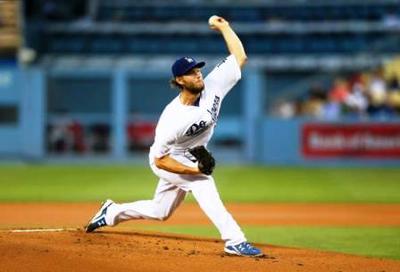Chas Tennis
G.O.A.T.
Seems to me that you have changed your view on what constitutes a WTE.
Note that I am not choosing to define WTE to include Tom T's technique. It is WTE by its very nature. Coaches have been talking about WT for decades. I believe that you are misinterpreting what Hi-TechTennis has to say about WTE. Or reading something into it that is not there. They do talk quite a bit about WTE wrt the Big L but I am not see anything on their site that indicates that a WTE serve MUST include a Big L phase. Have I missed something there?
The Tom T serve that you presented IS a sub-optimal or lower performance serve technique. WTE serves are manifested in a lot of ways -- with or w/o the Big L phase. This phase is not most important criteria for what constitutes WTE. Its primary characteristic is that racket face is open very early -- for most of the upward swing. Little or no pronation on the upward swing is employed because of this. This is what coaches have been referring to for years/decades.
Are you attempting to make a distinction between a high-level WTE and low-level WTE???
Quote from HiTech Tennis on their use of the Big L Position.
"Instead of the "waiter's tray" position, Andre needs to get in the "Big L" where the butt cap of the racket points to the net and the strings face the side fence (not up to the sky)......"
http://www.hi-techtennis.com/serve/big_l_student.php
This seems to include the "strings face the side fence" as part of the definition of the Big L Position for the high level serve only. These words are basically undefined and have a tennis usage, such as it is. I had assumed that the 'Big L' referred only to the appearance of the near straight arm and racket as an upside down Big L. Arguing over usage and meanings of undefined tennis terms is not a very interesting forum subject.
Does the term Big L include the 'edge on' or "strings face the side fence" but the term Big L does not include the strings face the sky?

